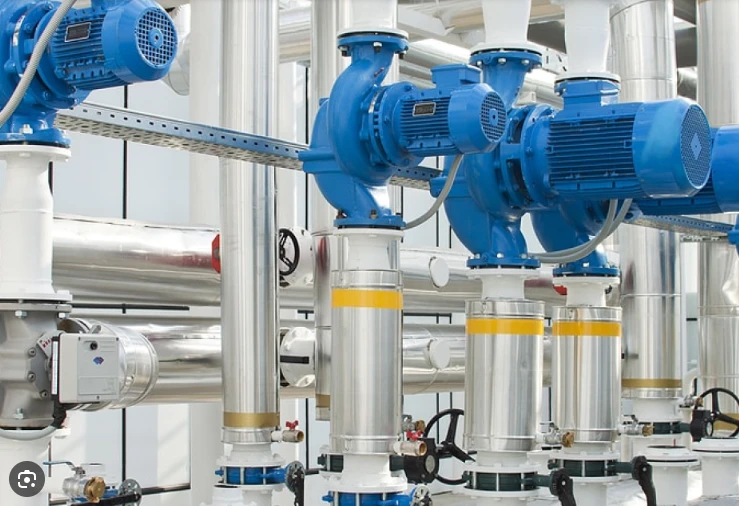English
- Afrikaans
- Albanian
- Amharic
- Arabic
- Armenian
- Azerbaijani
- Basque
- Belarusian
- Bengali
- Bosnian
- Bulgarian
- Catalan
- Cebuano
- Corsican
- Croatian
- Czech
- Danish
- Dutch
- English
- Esperanto
- Estonian
- Finnish
- French
- Frisian
- Galician
- Georgian
- German
- Greek
- Gujarati
- Haitian Creole
- hausa
- hawaiian
- Hebrew
- Hindi
- Miao
- Hungarian
- Icelandic
- igbo
- Indonesian
- irish
- Italian
- Japanese
- Javanese
- Kannada
- kazakh
- Khmer
- Rwandese
- Korean
- Kurdish
- Kyrgyz
- Lao
- Latin
- Latvian
- Lithuanian
- Luxembourgish
- Macedonian
- Malgashi
- Malay
- Malayalam
- Maltese
- Maori
- Marathi
- Mongolian
- Myanmar
- Nepali
- Norwegian
- Norwegian
- Occitan
- Pashto
- Persian
- Polish
- Portuguese
- Punjabi
- Romanian
- Russian
- Samoan
- Scottish Gaelic
- Serbian
- Sesotho
- Shona
- Sindhi
- Sinhala
- Slovak
- Slovenian
- Somali
- Spanish
- Sundanese
- Swahili
- Swedish
- Tagalog
- Tajik
- Tamil
- Tatar
- Telugu
- Thai
- Turkish
- Turkmen
- Ukrainian
- Urdu
- Uighur
- Uzbek
- Vietnamese
- Welsh
- Bantu
- Yiddish
- Yoruba
- Zulu
Telephone: +86 13120555503
Email: frank@cypump.com
Nov . 27, 2024 11:37 Back to list
Chemical Boosting Pump Technology for Enhanced Fluid Conveyance Efficiency and Performance Improvement
Understanding Chemical Booster Pump Essential Components and Applications
In the realm of industrial processes, chemical booster pumps are pivotal in ensuring effective fluid transfer, particularly for handling a variety of corrosive and viscous chemicals. These pumps are designed to increase the pressure of liquids, enabling the seamless operation of various systems, including chemical processing, wastewater treatment, and oil and gas production. This article delves into the workings, types, and applications of chemical booster pumps.
Functionality and Design
At its core, a chemical booster pump serves to elevate the pressure of chemicals to facilitate transfer through pipelines. It effectively manages the flow rate and pressure requirements of different processes, adapting to varying viscosity and density of fluids. The design of these pumps is intricately tailored for robust performance under challenging conditions typically associated with chemical handling, such as high temperature, corrosiveness, and potential for crystallization.
A typical chemical booster pump consists of various essential components, including a motor, impeller, casing, and seals. The motor powers the pump, while the impeller, housed within a specially designed casing, plays a crucial role in converting mechanical energy into hydraulic energy. The seals are vital in preventing leaks, which can be particularly hazardous when dealing with corrosive substances.
Types of Chemical Booster Pumps
Chemical booster pumps can be categorized into several types based on their operating principles and applications. Common types include
1. Centrifugal Pumps Frequently used for low-viscosity liquids, centrifugal pumps utilize rotational energy to generate flow. They are characterized by their simple design and ability to handle large volumes of fluid efficiently.
2. Positive Displacement Pumps These pumps are ideal for higher viscosity fluids and operate by trapping a fixed amount of liquid and forcing it into the discharge pipe. They are known for their ability to maintain a consistent flow rate, regardless of pressure changes in the system.
3. Diaphragm Pumps Known for their ability to handle aggressive chemicals, diaphragm pumps use a flexible diaphragm to move fluid. This design minimizes the risk of contamination and is effective in applications requiring precise metering.
chemical booster pump

4. Gear Pumps Employed for transferring highly viscous liquids, gear pumps consist of interlocking gears that trap and transport the fluid. They are particularly suitable for applications in industries such as food and pharmaceuticals.
Applications of Chemical Booster Pumps
The versatility of chemical booster pumps makes them essential in a multitude of industries. Some of the primary applications include
- Chemical Manufacturing In this sector, booster pumps are integral to the formulation and mixing of chemicals, ensuring consistency and efficiency in production processes. They help maintain the correct flow rates required for various chemical reactions.
- Oil and Gas Industry Booster pumps are employed in upstream and downstream operations to transport crude oil, natural gas, and various chemicals used in drilling and refining processes. Their ability to handle aggressive fluids enhances operational efficiency.
- Water and Wastewater Treatment These pumps facilitate the movement of chemicals used in treatment processes, such as chlorine and coagulants, ensuring effective purification of water and safe disposal of waste.
- Pharmaceuticals In pharmaceutical manufacturing, precise flow control is paramount. Chemical booster pumps play a critical role in ensuring the accurate dosing of active ingredients.
Conclusion
Chemical booster pumps are indispensable in modern industrial applications, providing efficient and safe transfer of various chemicals under a spectrum of conditions. Understanding their functionality, types, and widespread applications allows businesses to leverage their capabilities effectively and maintain high levels of productivity and safety. As industries continue to evolve, the importance of these pumps in enabling sustainable processes and innovation will only grow, reinforcing their place as a cornerstone of industrial fluid management systems.
-
Reliable Non-Clog Sewage Pumps with GPT-4-Turbo Tech
NewsAug.04,2025
-
High-Performance Air Pumps for Sand & Gravel | Efficient Transport
NewsAug.03,2025
-
ISG Series Vertical Pipeline Pump - Chi Yuan Pumps Co., LTD.|Energy Efficiency, Corrosion Resistance
NewsAug.03,2025
-
ISG Series Pipeline Pump - Chi Yuan Pumps | Energy Efficiency&Compact Design
NewsAug.03,2025
-
ISG Series Vertical Pipeline Pump - Chi Yuan Pumps Co., LTD.|High Efficiency, Low Noise, Durable
NewsAug.02,2025
-
ISG Series Vertical Pipeline Pump - Chi Yuan Pumps | High Efficiency, Low Noise
NewsAug.02,2025










